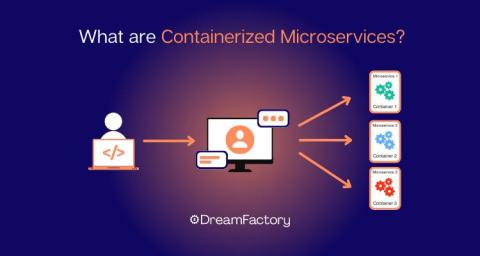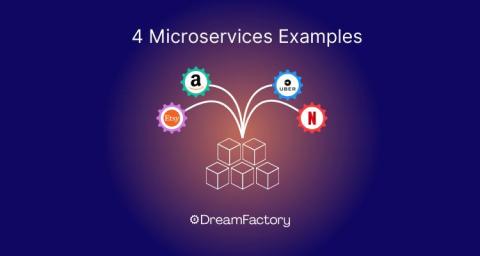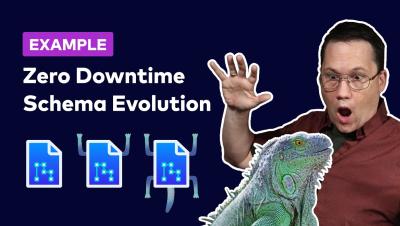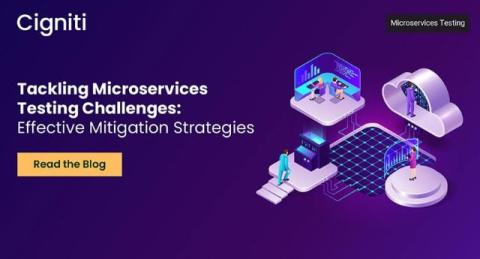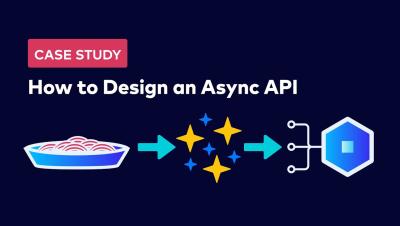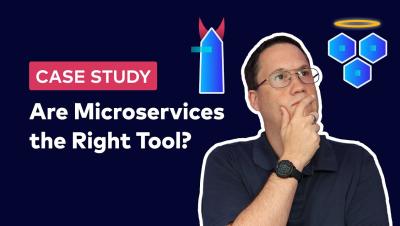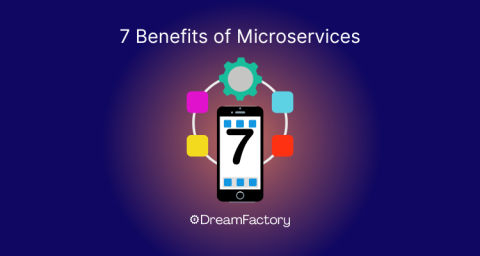What Are Containerized Microservices?
Containerized microservices are essential to cloud migration and digital transformation plans. Do you have a clear picture of what containerized microservices are and why they’re important? In this guide, you'll learn about containers, microservices, and how they work together. First up is a bit of history that explains how the need for containers came to be. Here's the key things to know about containerized microservices.


